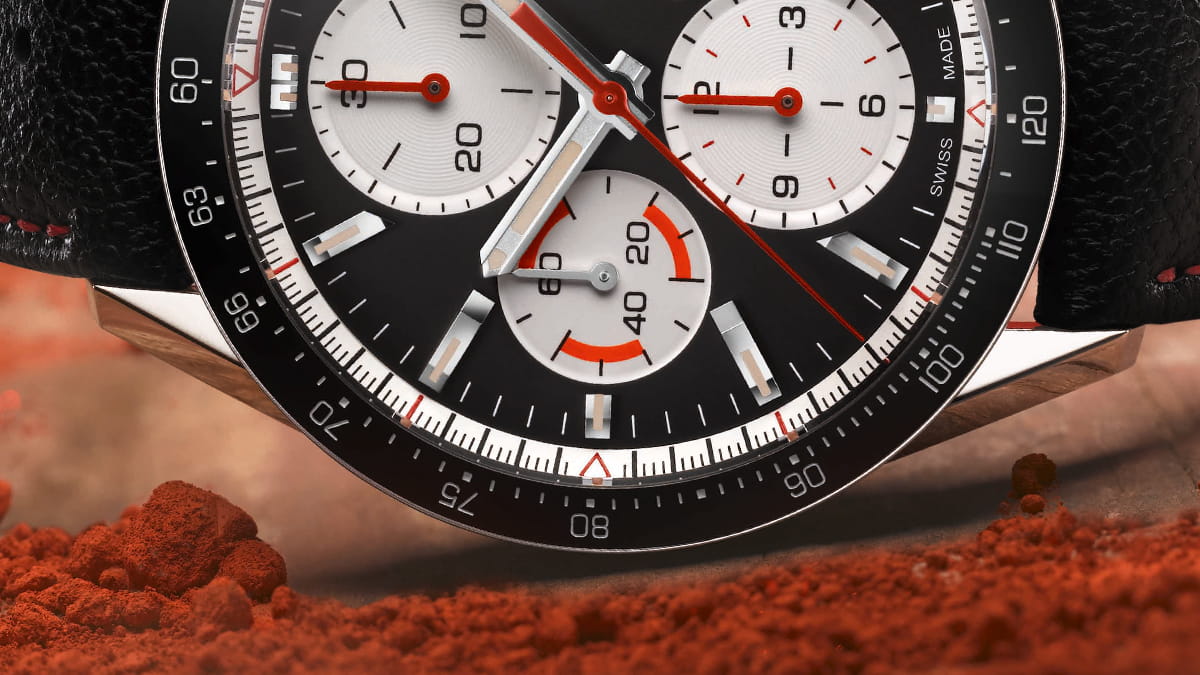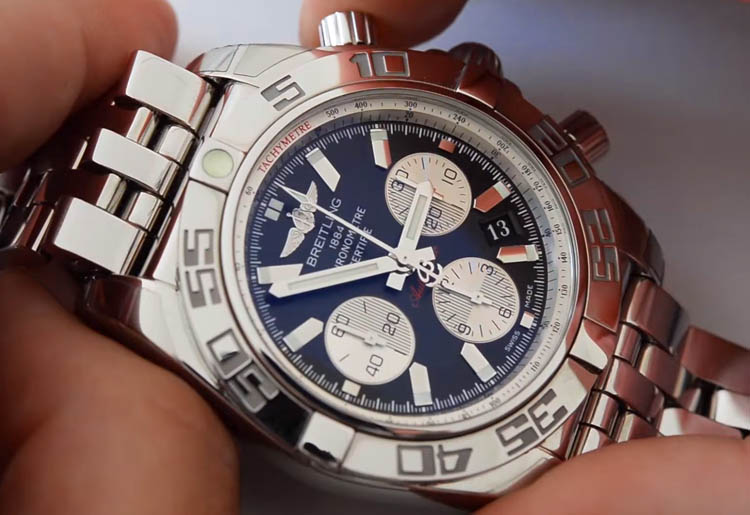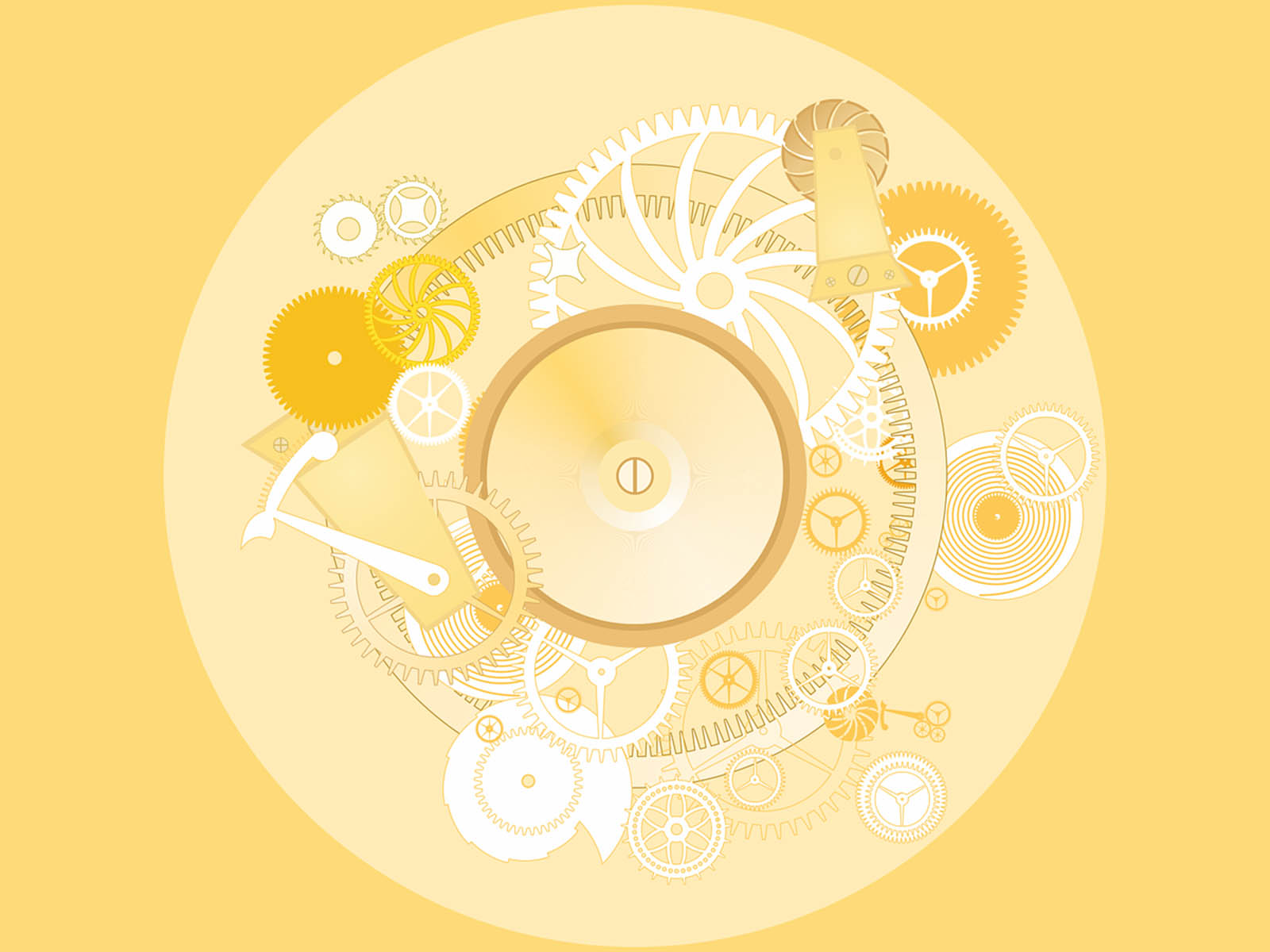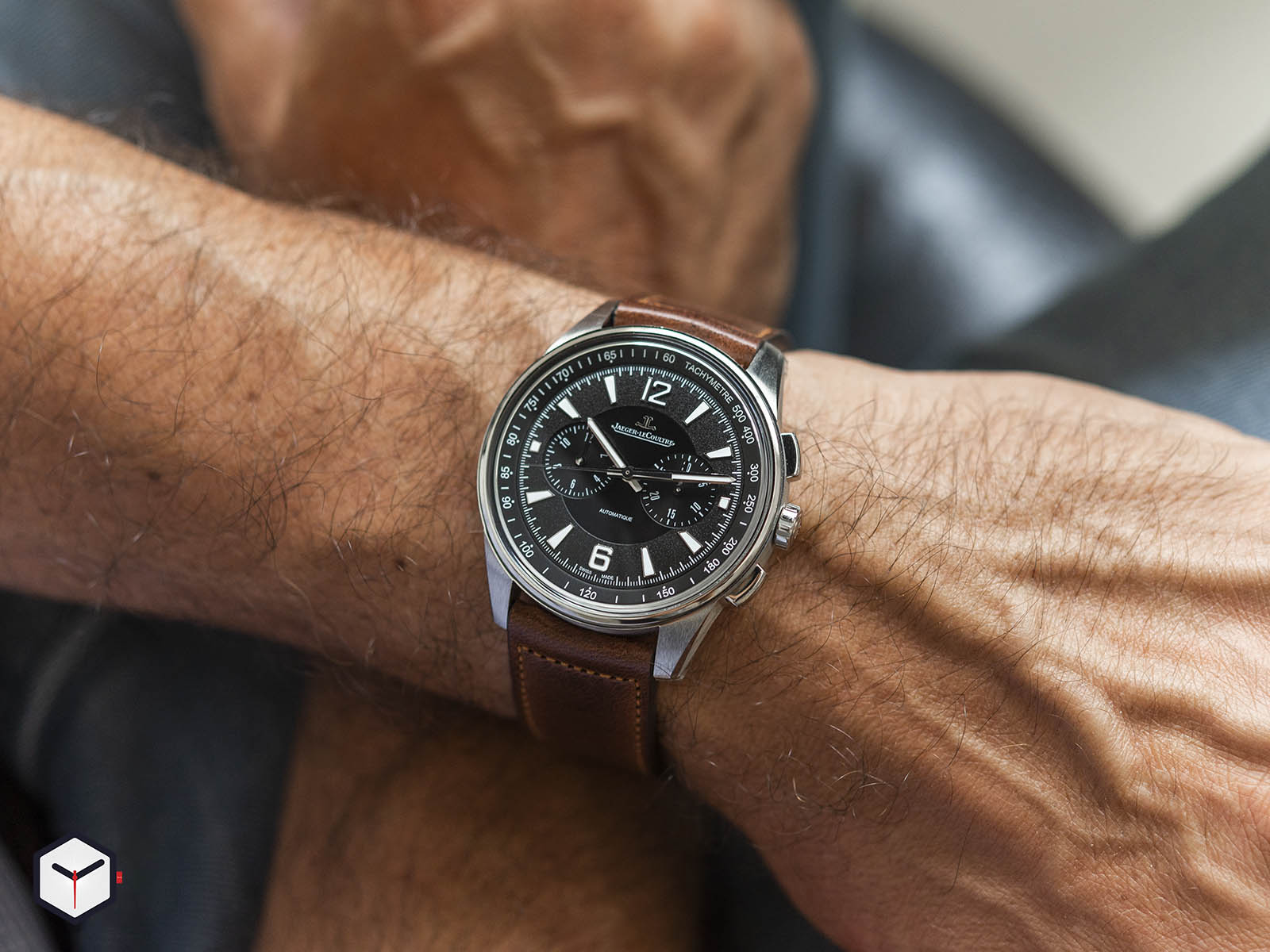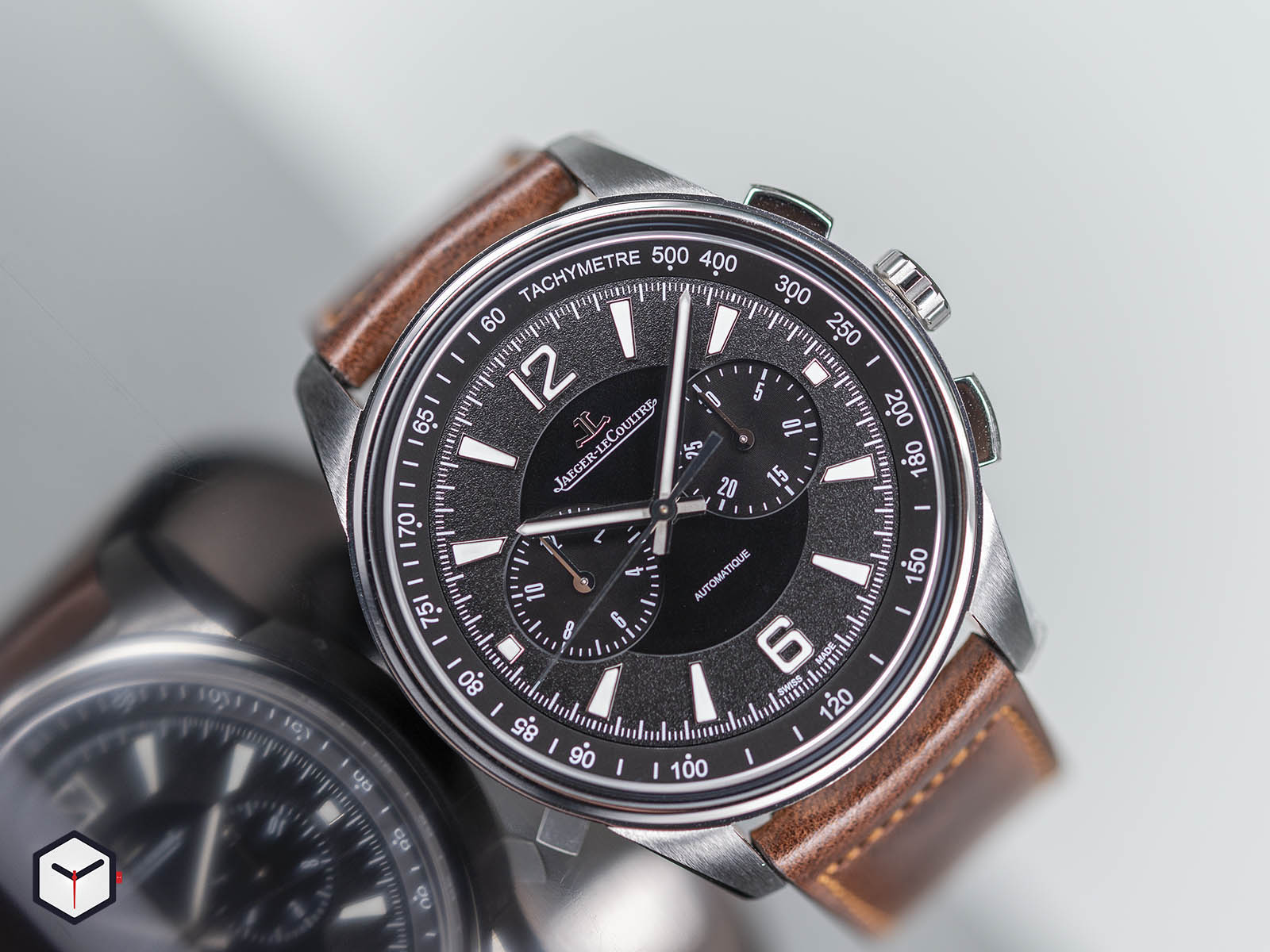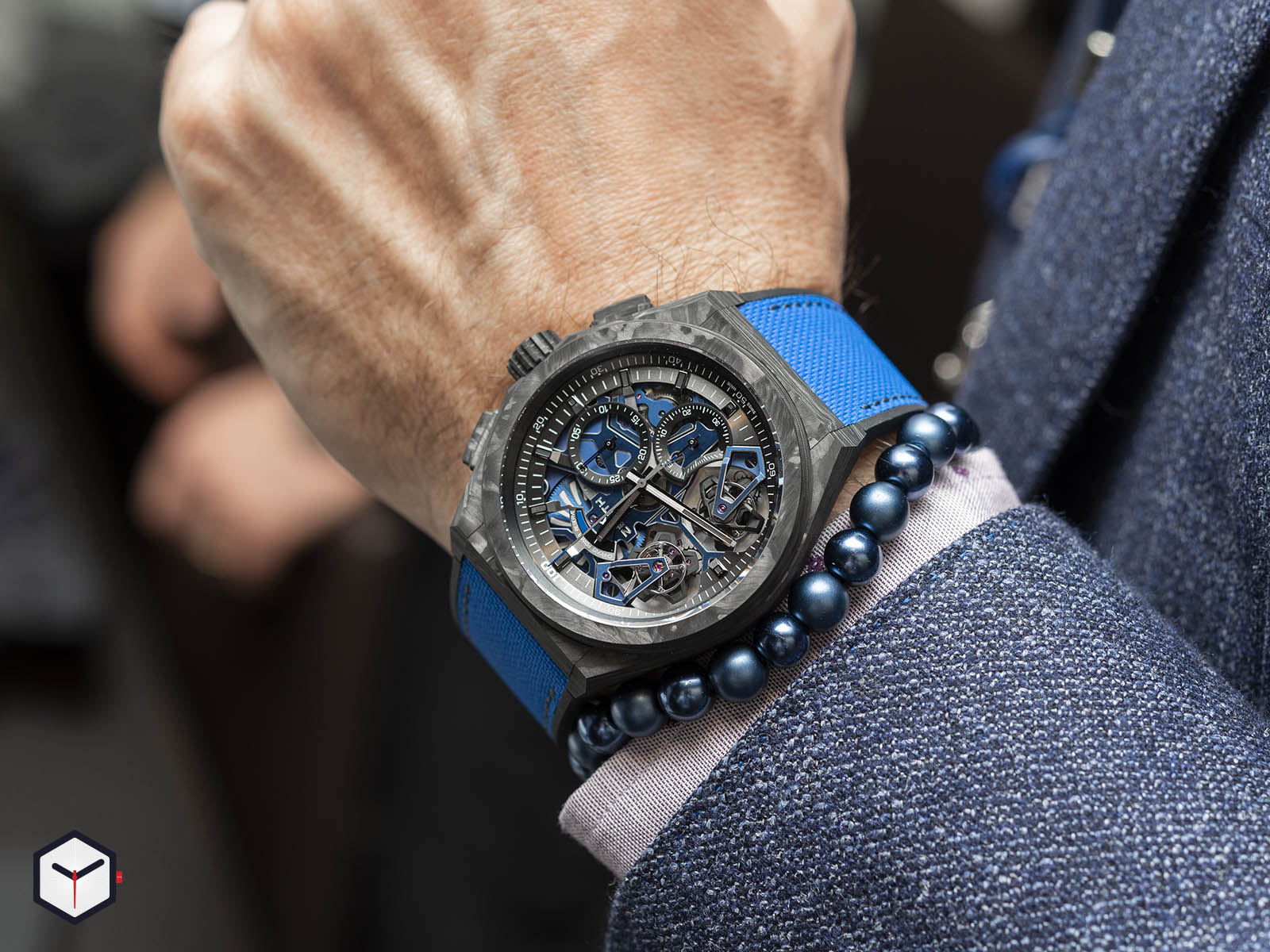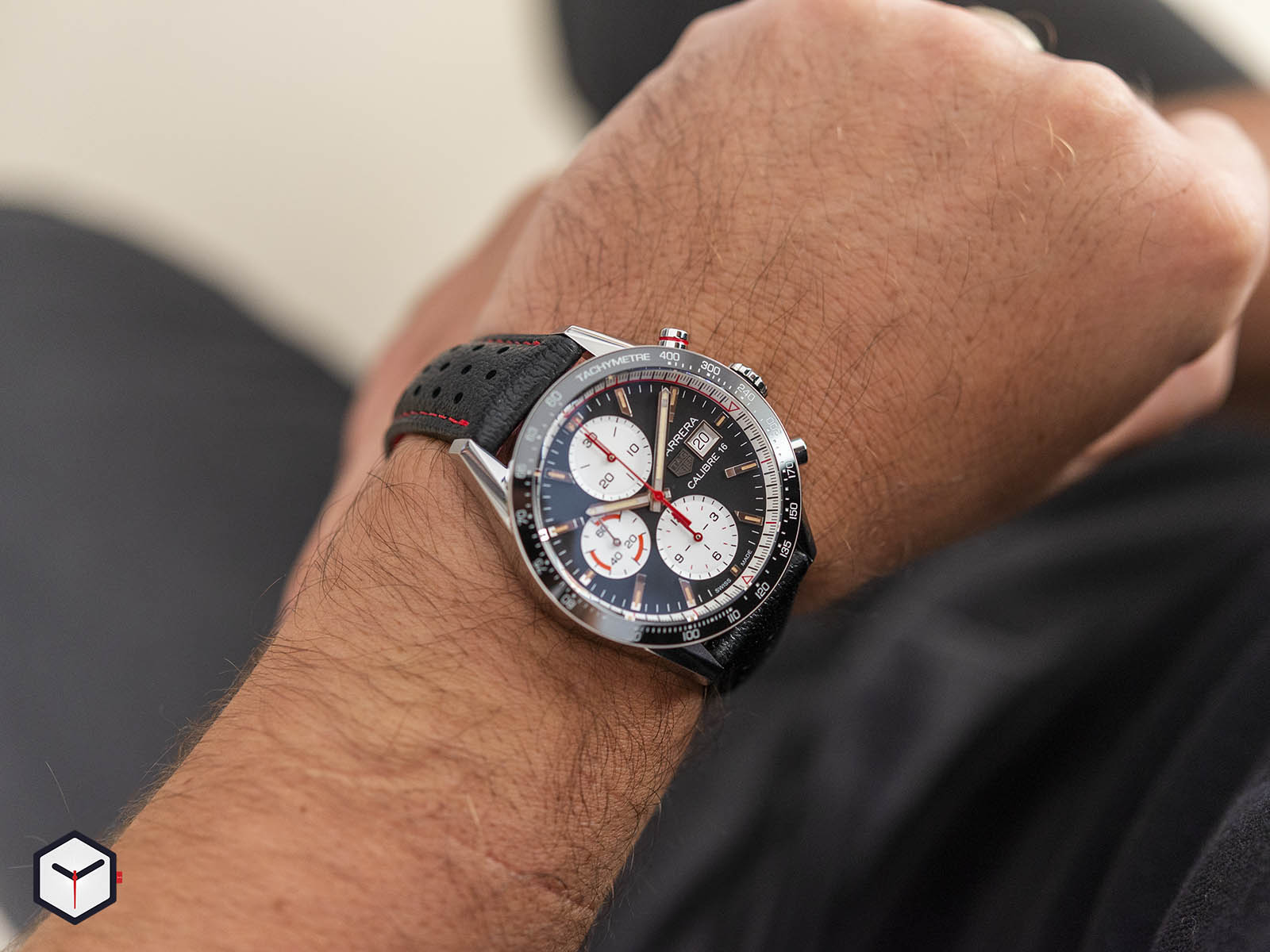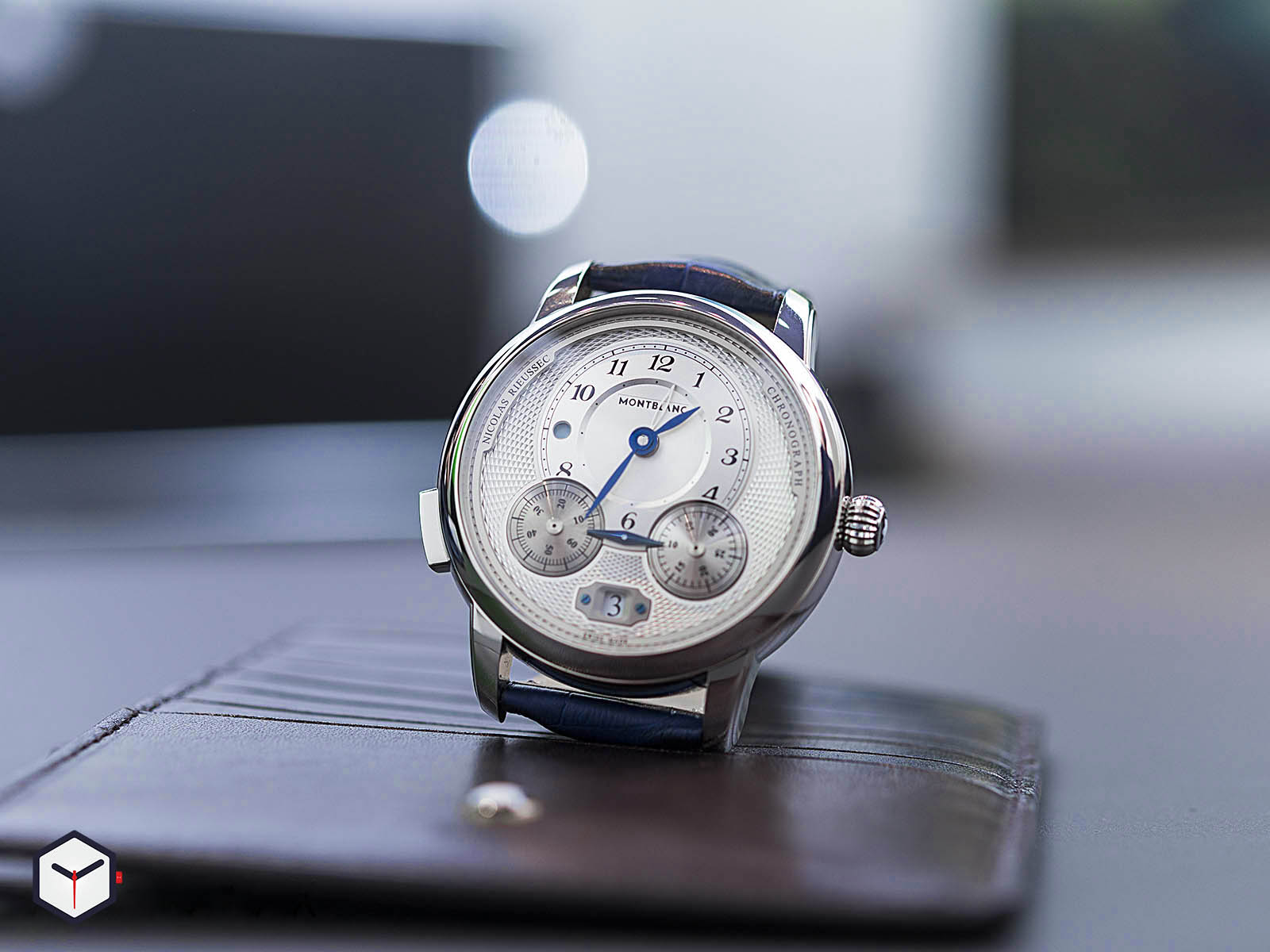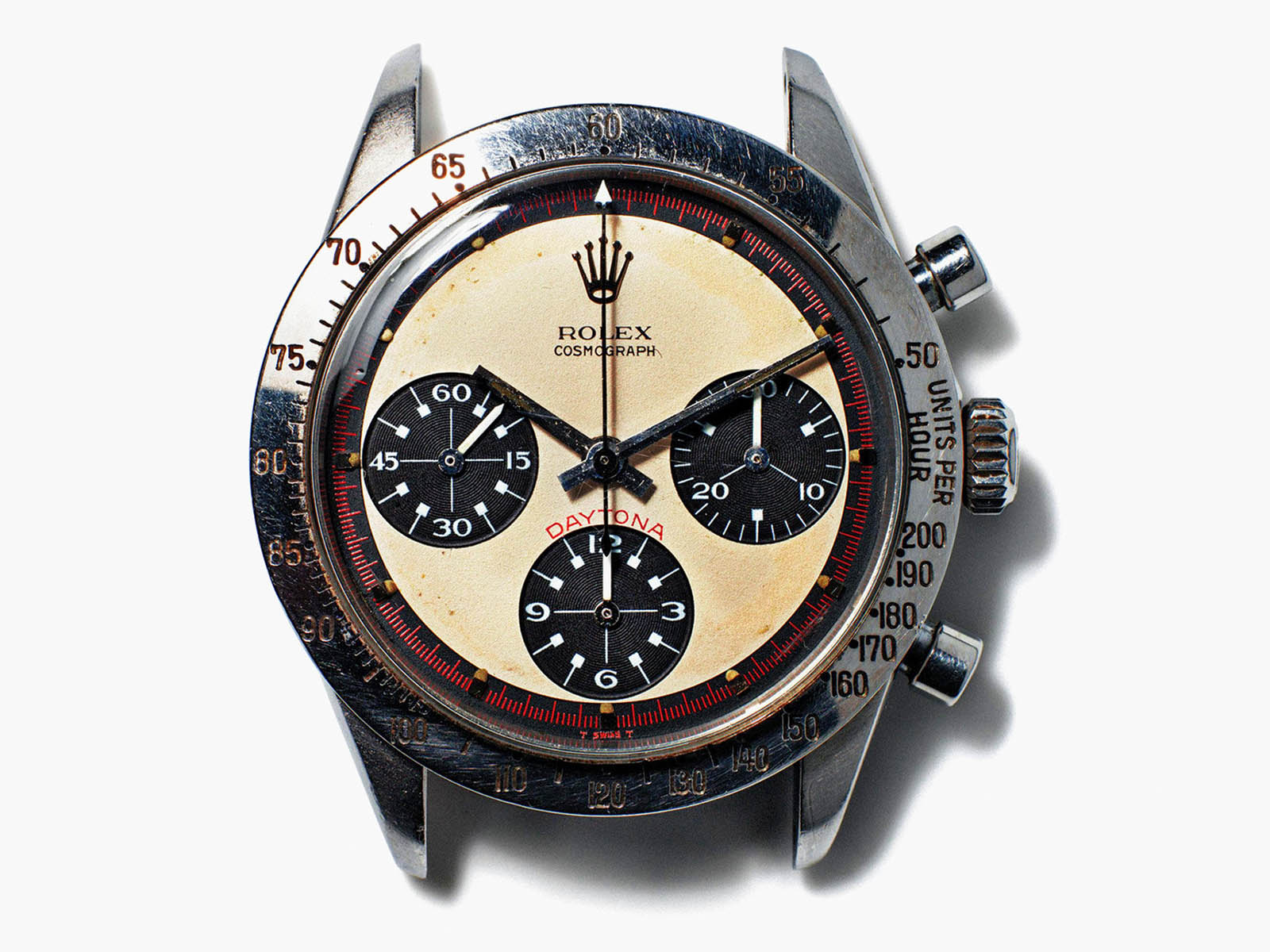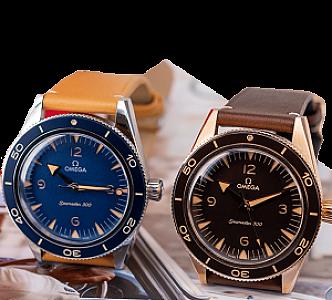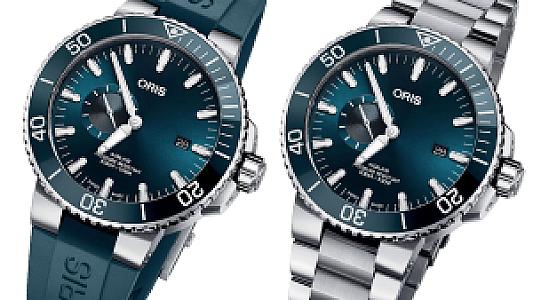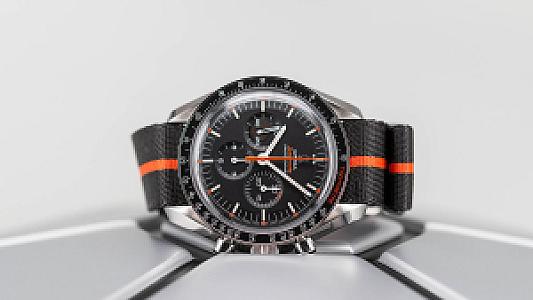Let’s face it, we love the chronograph. Without being an expert in collecting watches or not... But, why?
Sports watches, dress watches, aviation-inspired watches... When we divide the models into categories, we can see that there are chronograph watches in all sections. Chronographs, which have a universal appeal and are created to meet a vital need, are one of the most important complications of the watchmaking industry. Most of the time we do not know exactly why, but we desire them. Today we take a look at the reasons behind this desire.
Aesthetic Attraction
You check your watch several times, but you don’t know what time it is. This is familiar to you, isn’t it? It is precisely the aesthetic appeal that lies behind these frequent looks to the wrist. Chronograph models with two to three sub-dials often have a balanced, symmetrical appearance with thoughtful and purposeful design awareness. Besides, since these models have been involved in automobile sports for many years, they can be seen as adaptations of car designs to the wrist. To be honest, using chronographs has a different aura.
Mechanical Challenges
Integrating a stopwatch into a wristwatch may sound simple, but it’s not. Bringing together the components of a chronograph and finalizing them is much more complicated than making simpler models. As collectors know how much effort and time it takes to create these beautiful watches, they carry the chronographs on their wrists as badges of honor.
Versatility
Since the chronograph is a ‘family of complications’ on its own, there are variations within this class. The ‘Rattrapantes’ alias split-second chronograph helps the user keep the time of multiple events without an additional second hand, while the Flyback feature offers a quick reset to measure the time of another event. Although both types of chronographs essentially do the same job, they are mechanically very different from each other. This information is enough to add more than one piece to the collection.
Functionality
One of the features that affect contemporary watch collectors so much is that the complications have been found in line with the need for a purpose. Louis Monet produced his first chronograph in 1816 to monitor the motion of celestial bodies and measure time. Nicolas Rieussec marketed the chronograph so that King Louis the 17th could time his beloved horse races. Nowadays, some collectors continue to follow the automobile races from their own chronograph watches with the same passion and excitement.
Important Historical Events
Throughout history, chronographs have adorned the wrists of many important figures and have played a major role in numerous important events. Omega Speedmaster was on the wrists of astronauts on the Apollo mission. Watches such as Rolex Daytona were associated with an exciting sport of automobile racing and a lifestyle that reflected it. These stories and chronographs not only pick us up from where we are, but they also take us to the moments where the stories touched us.
